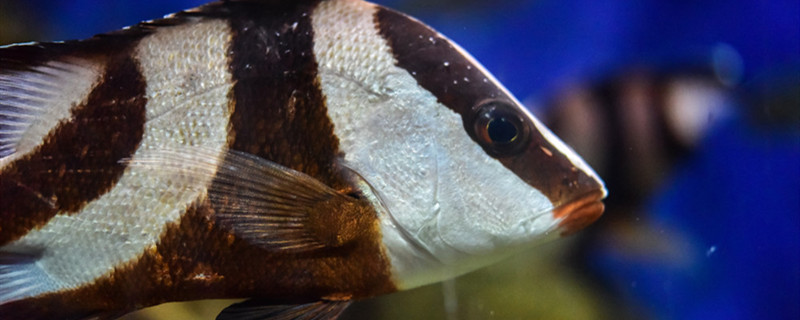
material nitrifying bacteria in water or filter material is no problem. The bacteria themselves need to adhere to the solid, if it is a filter material, usually in the pores, the fish tank will remain on the tank wall or pipe, the content of free bacteria in the water is very small. It should be noted that nitrifying bacteria only need to be added once a week at the beginning of the establishment, and do not need to be added after the establishment, unless for some reason, the nitrification system in the tank collapses.
? 1. Temperature change: The growth of nitrifying bacteria is closely related to temperature. Within a specific temperature range, it can maintain an active state. Once it breaks away from the appropriate temperature, it will stop its activities and even die in large numbers, leading to the collapse of the nitrification system. Usually the water temperature should be kept between 20 and 32 degrees Celsius.
2. Frequent water change: The stability of water quality is particularly important for nitrifying bacteria. Once the water is changed frequently or the amount of water changed at a time is too large, the new water will lead to the death of nitrifying bacteria, thus making the water body turbid. Therefore, the cycle of changing water at ordinary times should not be too short, and the amount of water changed each time should not exceed one third.
3. Decrease of pH: The change of pH will also affect nitrifying bacteria. If the pH is below 6, the water is acidic and the nitrifying bacteria will stop working, so be sure to control the pH to avoid fluctuations, which is also for the health of the fish.